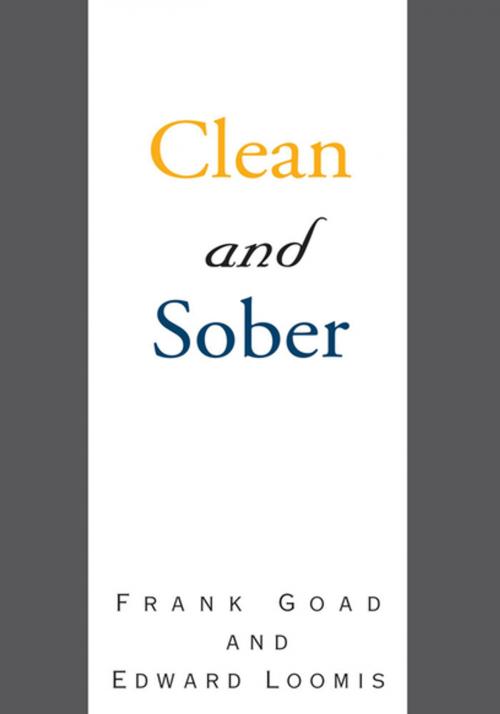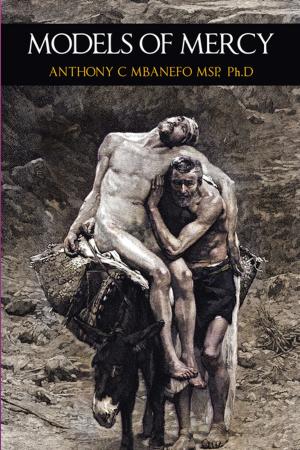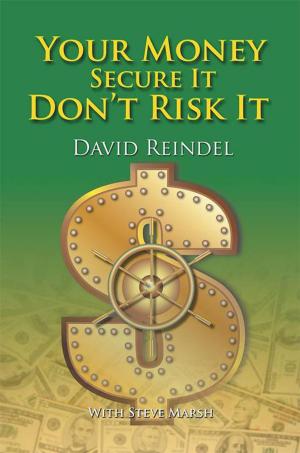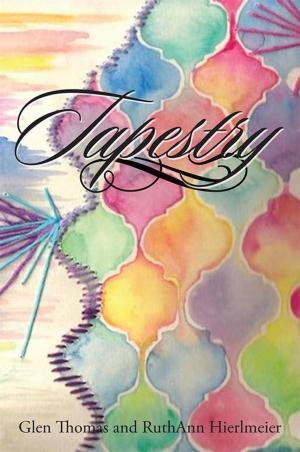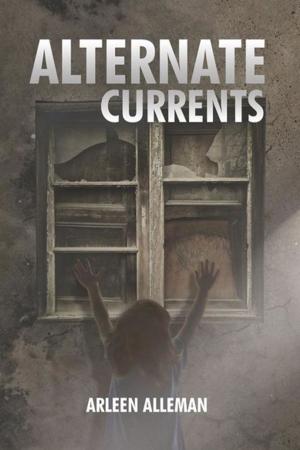| Author: | Edward Loomis, Frank Goad | ISBN: | 9781462832200 |
| Publisher: | Xlibris US | Publication: | July 18, 2000 |
| Imprint: | Xlibris US | Language: | English |
| Author: | Edward Loomis, Frank Goad |
| ISBN: | 9781462832200 |
| Publisher: | Xlibris US |
| Publication: | July 18, 2000 |
| Imprint: | Xlibris US |
| Language: | English |
The hero of the novel, CLEAN AND SOBER, is a representative figure in his southern California world (Santa Barbara), an artist and a teacher, i.e., his teaching supports his art. He is very much a citizen of his time and place, a middle-class white male struggling to keep his head above water in a competitive world (he has found that there is always a competition, whether it be allowed or avowed or underground and cutthroat). He enjoys many advantages--but his life is not an easy one which nonetheless he vastly enjoys. He is a happy man, doing what he wants to do. He is not conflicted about what he does or should do. He likes the place and the weather and even some of the people, and he enjoys doing his work--his art; but alas, he is at last unable to do this as his life succumbs to the burden of addiction and denial. The story is about how from the beginning of the story to the end, the comic is shading over into the tragic mode, and back, flashingly back and forth, as the fundamental direness of the situation asserts itself. But of course it is the direness that produces the story, and produces the happy outcome, and the ultimate product, the idea of such an outcome; and it is the direness that gives the dramatic kick to this thing. The story rushes along, and the hero with it, helter-skelter. He and his friends are put to the test, and it is a terrible testing, some find out how terrible. There is in this story a net gain for the hero--he is better and stronger after than before, and the story itself explains how that might be.
The hero of the novel, CLEAN AND SOBER, is a representative figure in his southern California world (Santa Barbara), an artist and a teacher, i.e., his teaching supports his art. He is very much a citizen of his time and place, a middle-class white male struggling to keep his head above water in a competitive world (he has found that there is always a competition, whether it be allowed or avowed or underground and cutthroat). He enjoys many advantages--but his life is not an easy one which nonetheless he vastly enjoys. He is a happy man, doing what he wants to do. He is not conflicted about what he does or should do. He likes the place and the weather and even some of the people, and he enjoys doing his work--his art; but alas, he is at last unable to do this as his life succumbs to the burden of addiction and denial. The story is about how from the beginning of the story to the end, the comic is shading over into the tragic mode, and back, flashingly back and forth, as the fundamental direness of the situation asserts itself. But of course it is the direness that produces the story, and produces the happy outcome, and the ultimate product, the idea of such an outcome; and it is the direness that gives the dramatic kick to this thing. The story rushes along, and the hero with it, helter-skelter. He and his friends are put to the test, and it is a terrible testing, some find out how terrible. There is in this story a net gain for the hero--he is better and stronger after than before, and the story itself explains how that might be.
